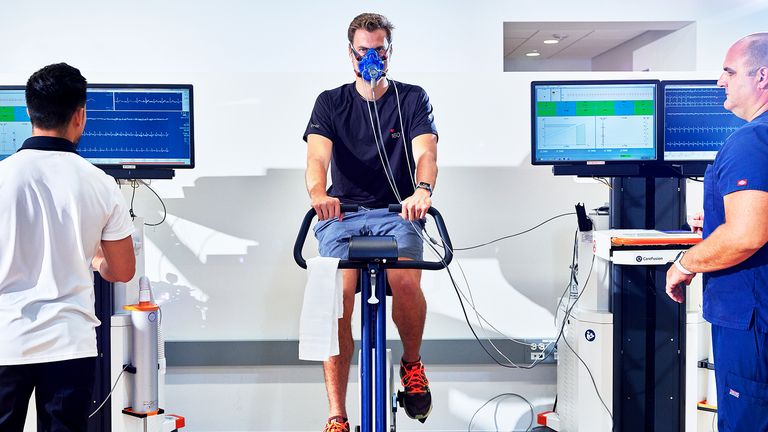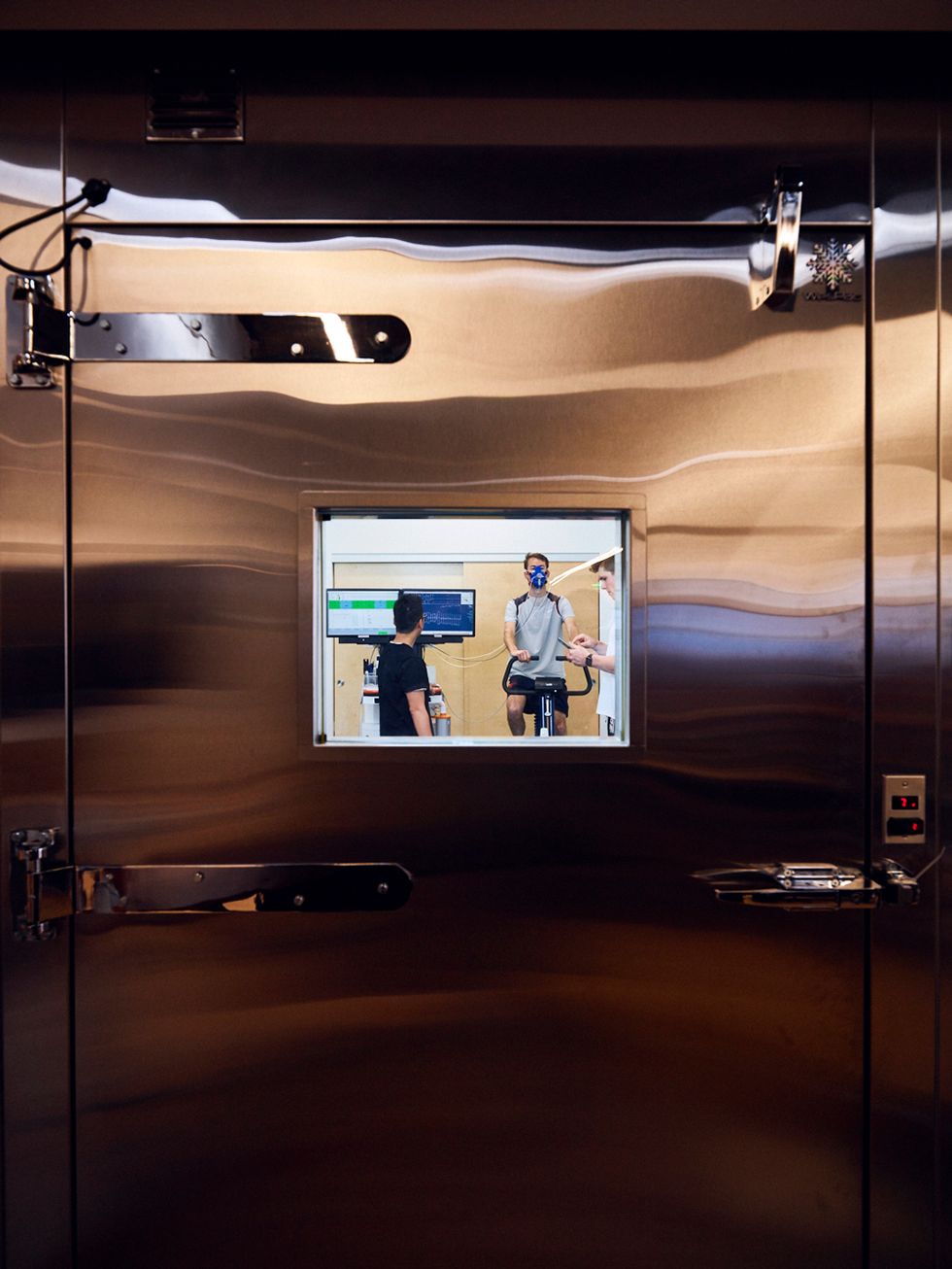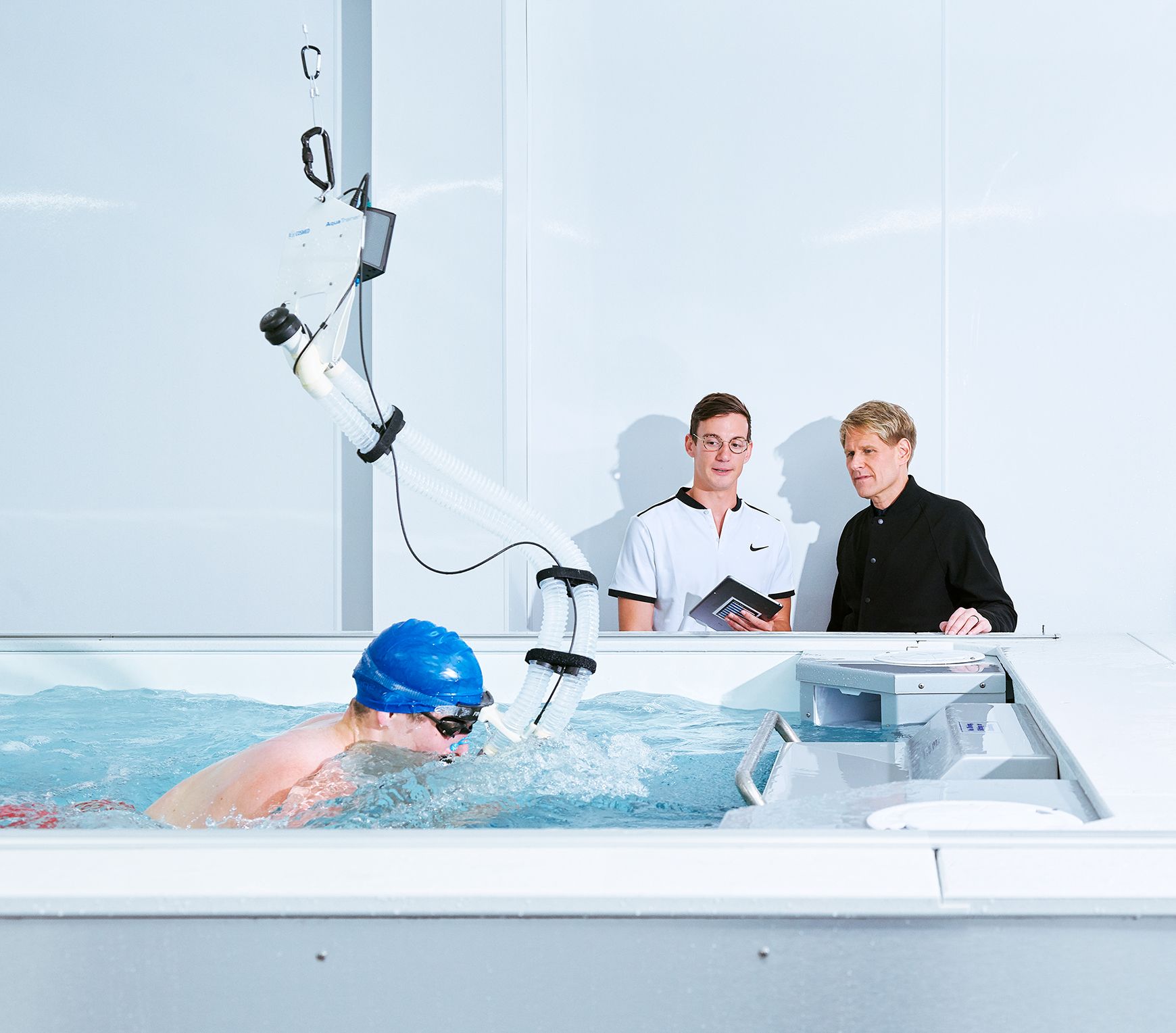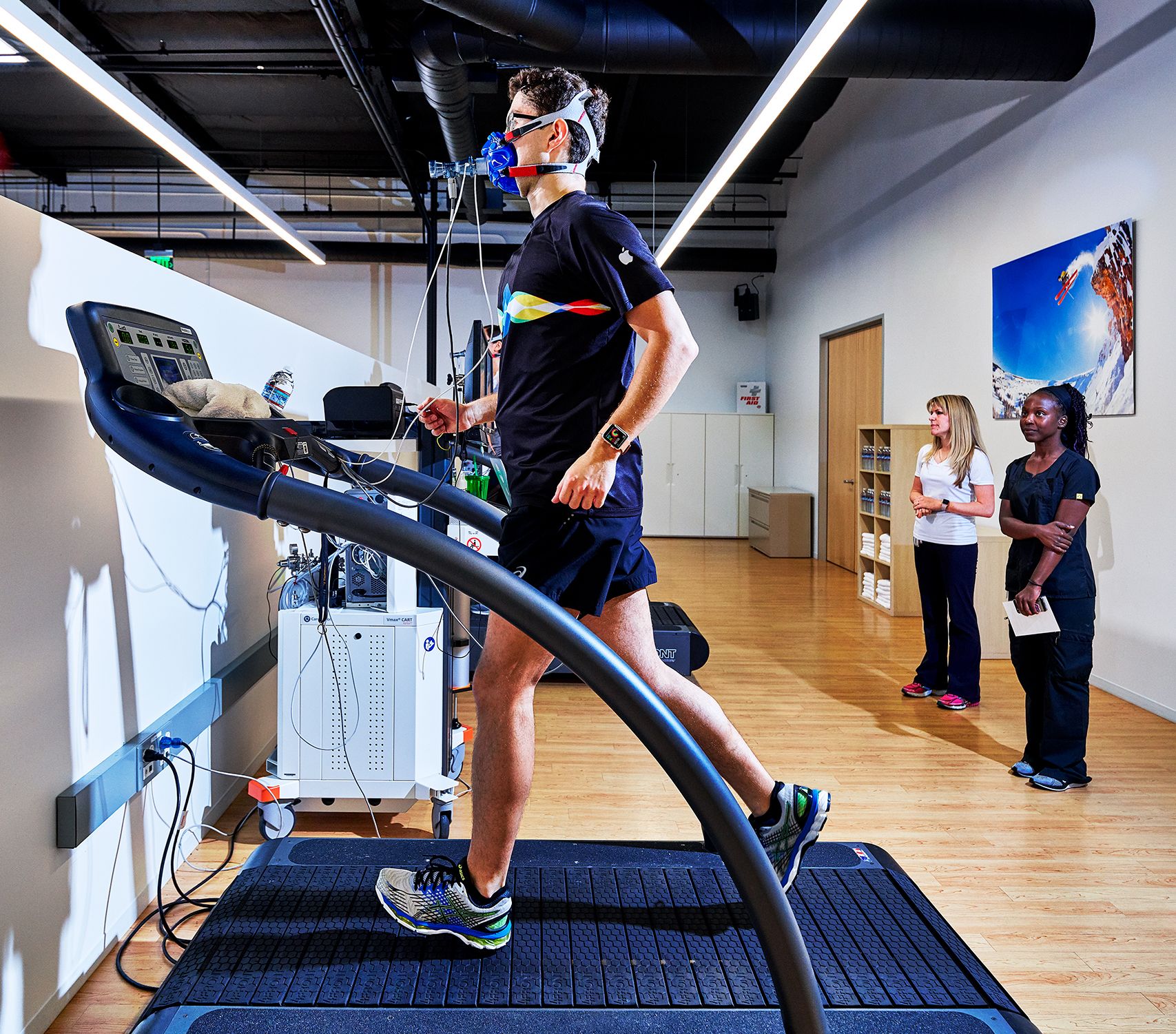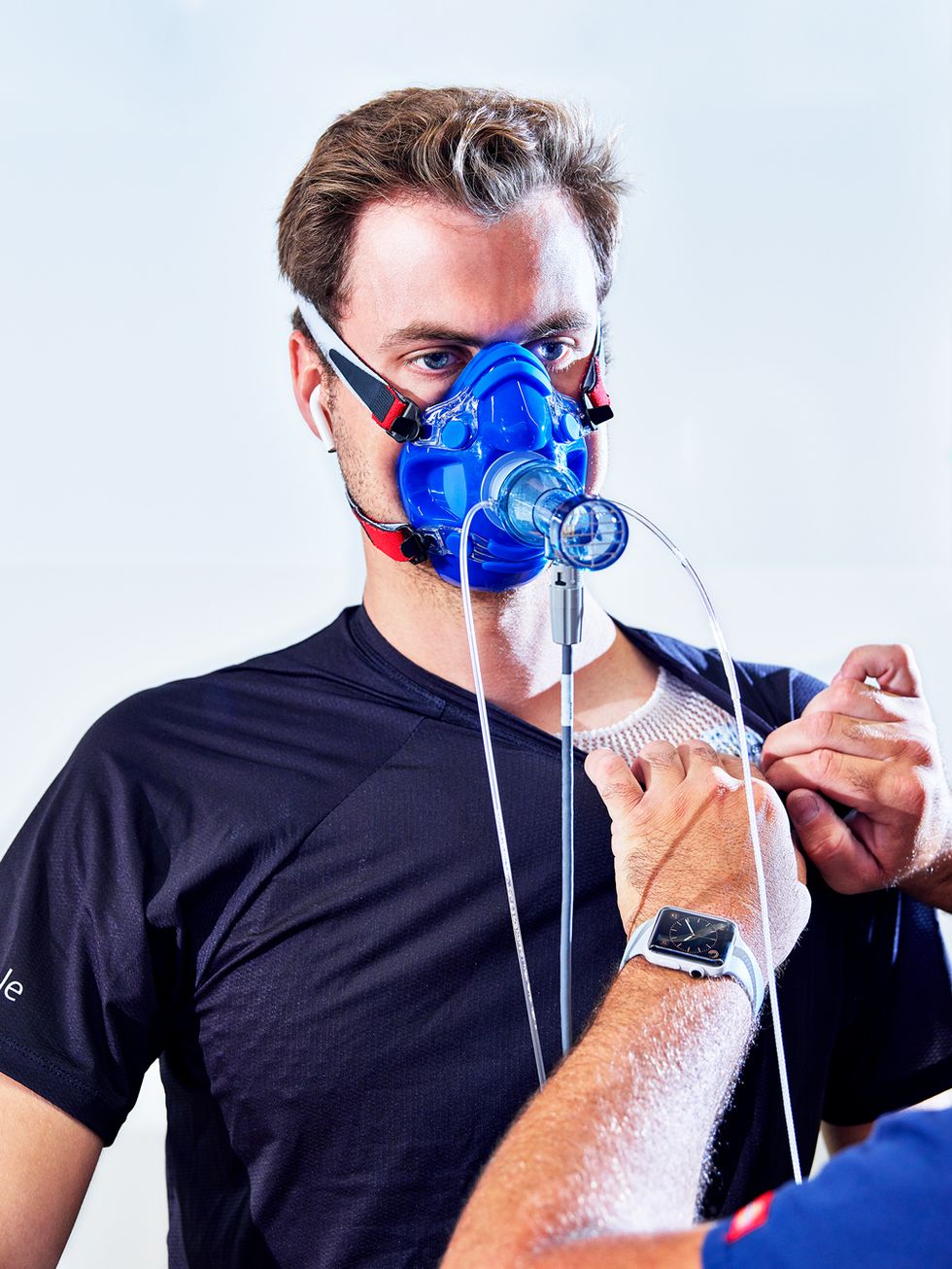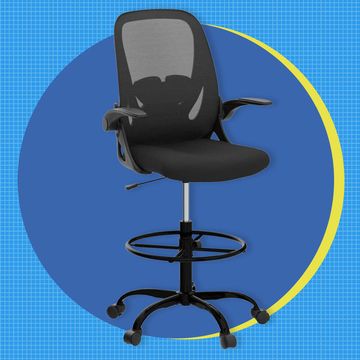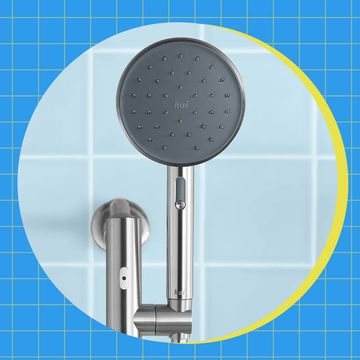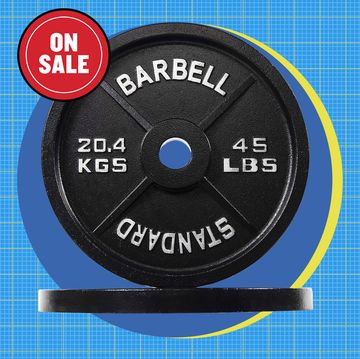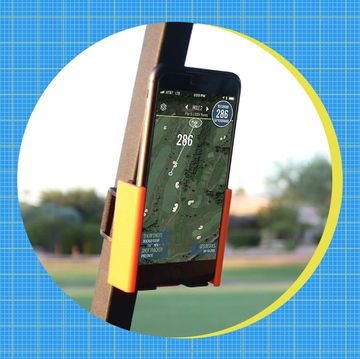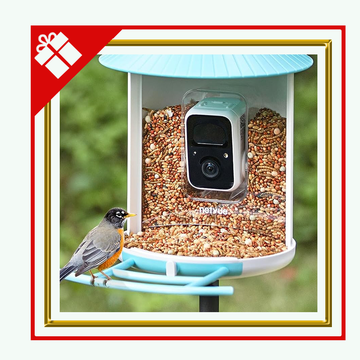The Tesla jam out front, the bike commuters riding one-handed while clutching MacBooks, the Apple Watches on everyone’s wrists capturing biometric data—all hint at the kind of skunkworks activity that sends geeks a-Twitter.
Located on a side street in Cupertino—a few miles from Apple’s shiny new headquarters—the single-story building these Apple workers are entering looks like any anonymous suburban office block. Inside, once I clear security and get buzzed past a solid white door, I enter an invite-only secret exercise lab. On a recent morning, about 40 employees are sweating away on different contraptions—rowers, treadmills, cable machines—as 13 exercise physiologists and 29 nurses and medics monitor data. Many of the exercisers are hooked up to a metabolic cart and ECG and are wearing a $40,000 mask apparatus that analyzes their calorie burn, oxygen consumption, and VO2 max. Down one hall there’s a studio for group fitness; behind another white door an endless pool; and over there, three chambers where temperatures can be set to mimic Arctic conditions (subfreezing) to Saharan heat (100°F-plus). At Apple every room has a name, and these climate-controlled chambers are called Higher, Faster, and Stronger.
The labels are appropriate, because the company that transformed the way you enjoy music and video is now sinking its teeth into a meatier challenge: new ways you can optimize your health. “Our lab has collected more data on activity and exercise than any other human performance study in history,” says Jay Blahnik, Apple’s director of fitness for health technologies, in a rare interview. “Over the past five years, we’ve logged 33,000 sessions with over 66,000 hours of data, involving more than 10,000 unique participants.” A typical clinical trial enrolls fewer than a hundred participants.
All of this sweaty data, gleaned from swimmers to yogis, gets crunched by motion experts who work in a double-secret lab (we weren’t invited to that one) to continually update the Apple Watch’s algorithms. The team wants the feedback to be as accurate as possible for as many activities as possible. This fall’s watchOS 4 upgrade, for example, will include high-intensity interval training. There’s also a new technology platform: The watch will pair with cardio machines—including Life Fitness and Technogym—as the first ever real-time two-way connection. You can monitor your training more precisely with no friction. Even if you never strap on an Apple Watch, you can learn much from the company’s research.
Of course, the quest for self-improvement through self-knowledge is nothing new. In Aristotle’s day, it meant tugging on your beard and interrogating your own beliefs. Now it’s about glancing at your wrist and tracking your steps, calories, heartbeats, or glucose levels. To hear it from Jonathan Fader, Ph.D., a psychologist with SportsStrata, this new tech is as big as the invention of fire. “Smart, connected technology is immensely powerful,” he says. “Strong research supports the notion that if you monitor an activity, you can better improve it. But it’s also potentially self-destructive.”
But wearables are just gadgets, you may argue. Indeed, research from the University of Pennsylvania shows that devices themselves do not have a big impact on people’s activity levels. But here’s the rub, says Damon Centola, Ph.D., a professor of sociology at the university: “We found that when these devices are used to create strong social incentives, then there is a measurable effect on increased activity. But without the social component, the devices themselves, while they look nice, may not be very effective for behavior change.”
Centola takes it even further, saying your real friends are less crucial to your motivation than a virtual network: “Social networks were not as motivating as the virtual community of peers who are similar to you. There is a world of motivation that comes from being connected to other people who have the same fitness and health goals you have.”
Say that goal is losing weight. Shantanu Gaur, M.D., an obesity expert and cofounder of Allurion Technologies, says there’s no magic bullet—it requires a lifestyle change, and that in turn requires a support structure. “That can be a person—a family member losing weight with you, or a dietitian or nutritionist. It could also be digital.” Some new apps go beyond tracking, he says. “They remind the user to engage thoughtfully about exercise and diet and are starting to use artificial intelligence and social cues to develop a closer bond between the user and the app. Soon people will see their digital app as a real partner rather than a data collection agent.”
You probably know the best practices for health, nutrition, and fitness. And it’s a grind. The last thing you want is a “data agent” busting your chops. But a real (albeit virtual) partner? That would be different.
The Apple Watch emphasizes four daily wellness skills: move (active calories), exercise (brisk activity), stand (for at least a minute an hour for 12 hours), and deep breathing. The first three are represented by colored rings on the watch’s face. These are all things I know I should do daily; yet it’s a struggle, even with seven years of editing at Men’s Health under my ever-widening belt.
Take deep breathing: The watch has a guided program based on research from the Benson-Henry Institute for Mind Body Medicine. Research director John Denninger, M.D., Ph.D., recommends several sessions a day lasting one to five minutes each. “Deep breathing can lower blood pressure and is likely connected to beneficial changes in how genes, such as those involved in reducing inflammation, are turned on and off,” he says.
The watch occasionally prompts you throughout the day to take a minute to do guided deep breathing exercises. Gentle taps at your wrist are a haptic cue. Haptic, if you’re not up to speed on your cyber terminology, is when a machine communicates by re-creating the sense of touch with force, vibration, or motion. It’s gentle, effective, and private.
While you breathe and work and sweat, the machines just get smarter. New software knows when you’re more active and when you’re slacking off, and it can adjust the frequency and intensity of activity cues accordingly. The watch sets daily goals and gives you both gentle and urgent reminders. For example, toward the end of the day it’ll tell you how far you need to walk to close the “move” ring. Voice dictation, a scribble screen, and preset phrases make sharing your achievements easy. Apple is streamlining the “game-ifying” and socializing of healthy habits.
“We wanted to really make it easier for people to encourage each other, as well as smack-talk when the moment calls for it,” says Blahnik. “That’s why we have phrases like ‘Shazam’ and ‘You’re on fire.’ I share my activity with about 20 people, and whenever I see what someone else has done, it spurs me to train a little harder. It’s also a fun way to stay in touch.” The watch allows you to connect with up to 25 people to automatically share information or send individual messages.
This year Apple held its own global monthlong corporate health challenge, with tens of thousands of participants in teams of four, using the Lose It! Challenges app. Closing the watches’ tricolored rings was part of the game. It seeded health streaks that many at the company are still maintaining. “You noticed it on campus and in our retail stores,” says Blahnik. “Everyone was more active and engaged in their health. There was a lot of back and forth to encourage and motivate your team members to close their rings.”
Partnering with the watch, I’ve learned to strengthen my fitness and health network with multiple threads of accountability and lots of smack and support talk. I’m connected with my girlfriend and we share activity. I can tell when she’s taken a minute to inhale and exhale deeply, because her mood is lighter. With larger groups, I share fitness data using the watch’s workout capability—which has settings for most kinds of cardio—and I also use third-party apps like Strava, Nike+ Run Club, MySwimPro, and Pocket Yoga for bendy stuff.
Sharing achievements taps into our evolutionary need to belong to a tribe. Joining several tribes is a smart way to cover all your fitness and health bases and have fun while doing so. “Ultimately,” says Blahnik, “we’re working to make the watch help you be healthier tomorrow—or at least be as good as you are today.”
5 Great Apps for Better Health
1. Cardiogram
Monitors heartbeats and can detect atrial fibrillation. Finding irregularities? Schedule a meeting with a cardiologist.
2. Lose It!
Simple, smart, connected calorie tracking to help you lose weight faster and easier as an individual or in a group.
3. Dexcom G5
Tracks glucose blood-sugar levels without a finger prick and lets you share data with others, such as your doctor.
4. AutoSleep
Finally, a simple app to automatically track your sleep quality and duration. No button pushing or presetting required.
5. Streaks
Create six customizable tasks—say, a seven-minute workout or drinking less coffee—and make them daily habits.
